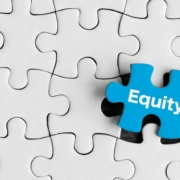How to Set Career Goals for the New Year
By Nicole Martin
December is the perfect time to set yourself up for career success in the coming year. By making goals now, you can get a jump start on a course of action that will help you achieve professional aspirations. I recommend focusing in on specific and challenging goals, as doing so can increase your chances of following through on them. According to research 91% of people won’t achieve their New Year’s resolutions, but studies have found that setting specific and challenging goals leads to higher performance 90% of the time. So if you have some ideas of where you want to be in 2023, don’t put off devising a plan to get you there.
Setting Goals to Advance Your Career in the New Year
Reflect on the Past 12 Months
Before you begin setting new goals, look back on the journey of the last year and consider:
- Accomplishments
- Goals achieved
- Challenges overcome
- Challenges that remain
- Responsibilities you were given
- Skills you acquired
- New network connections
- Positive and negative feedback
Taking an end of year assessment will give you the bird’s eye view you need for planning your path for the next 12 months.
Think SMART – Set Quantifiable Goals
If you want to stay motivated and actually reach your goals, it is best to break down your goals into realistic chunks, preferably into short-term and long-term goals. Think about what you can achieve weekly, monthly, quarterly, and yearly. This will make your journey less daunting and more manageable. I like to think in terms of SMART goals:
- Specific – Be specific with your goals, identifying the goal itself, the role it plays in achieving your career aspirations, whose help you will need in achieving it, whether it requires acquiring new skills, etc.
- Measureable – In order to achieve a goal, you need to monitor your progress and whether you are still on track, so you can make any necessary pivots. Set key metrics for each goal, such as how you will know when it’s accomplished and how long it took you to achieve it.
- Achievable – Make sure your goals are actually achievable. Breaking overarching goals into smaller milestones will help you reach the larger goal over time.
- Relevant/Realistic – While there’s nothing wrong with reaching for the stars, when it comes to setting goals, they need to be realistic and relevant to you. Assess whether the goal could possibly be achieved in the time period you set and if it is necessary or helpful in the grand scheme.
- Time Bound – To keep you focused, you should set actual deadlines for your goals. For example, instead of setting a three month timetable, give yourself a deadline of March 31st.
Research
Achieving goals requires insight and forethought. Look into the degrees and experience of the people who are in the positions you are looking to attain. Ask HR to help you develop a path for promotion. Search people on LinkedIn who have your dream job and review their credentials, and maybe even reach out to see if they would be willing to share their experiences with you. The more you learn, the more realistic and attainable your goals will be.
Identify New Skills You Need to Acquire
As you move up the ladder, the more knowledge and skills you will need. So take stock of any degrees, classes, workshops, webinars, or training that will help you forge ahead – your employer may even be willing to cover the costs.
Devise a Strategy
The best way to achieve your goals is by creating a strategy to do so. Write down the actions you will need to take to be successful, such as growing your professional network for beneficial resources, seeking out a mentor, furthering your education, developing new skills, or volunteering for a project to gain experience. This strategy should include realistic milestones to help hold you accountable along the way. Taking the time to strategize can make all the difference.
Reflection, assessment, research, and a well-thought out plan that incorporates achievable goals and the actions necessary to achieve them will position you for career advancement in the new year.
















